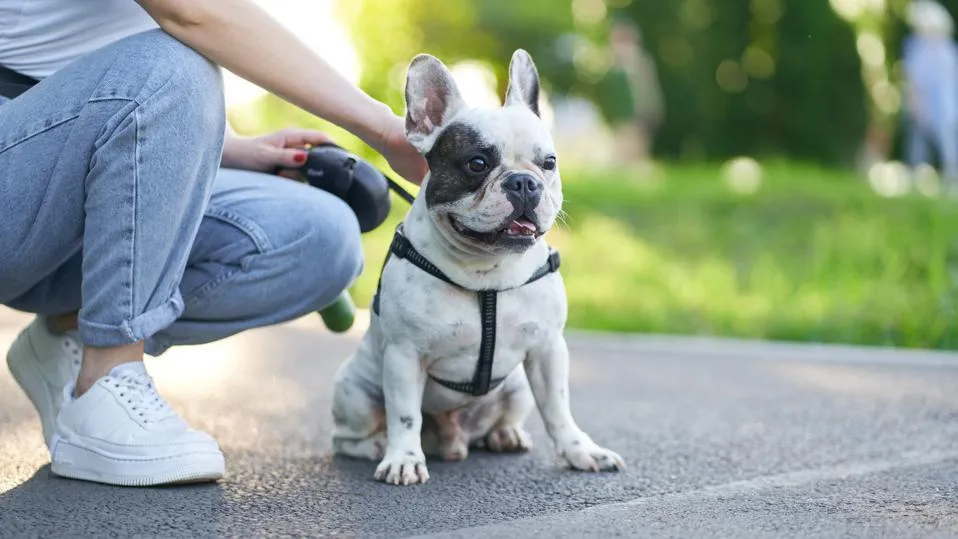The Great Pyrenees, a gentle giant with a heart of gold, has captivated dog lovers for centuries.
These magnificent creatures, originally bred to protect flocks in the Pyrenees Mountains, now serve as loyal companions and vigilant guardians for families worldwide.
As a proud owner of a Great Pyrenees myself, I can attest to their unique blend of strength, intelligence, and unwavering devotion.
In this comprehensive guide, we’ll explore seven essential facts about these majestic dogs that will make you fall in love with the breed even more.
# A Rich History Steeped in Nobility
The Great Pyrenees, also known as the Pyrenean Mountain Dog, boasts a lineage that dates back thousands of years.
These dogs were highly prized by French nobility and even served as the official dog of the royal court during the reign of Louis XIV.
Their primary purpose, however, was far from the lavish halls of Versailles.
Great Pyrenees were bred to be guardians of sheep flocks in the treacherous Pyrenees Mountains between France and Spain.
Their imposing size and thick, weather-resistant coat made them perfectly suited for the harsh mountain climate.
These dogs would spend months at a time with their flocks, protecting them from predators like wolves and bears.

# A Gentle Giant with a Protective Streak
Don’t let their massive size fool you – Great Pyrenees are known for their gentle and patient nature, especially with children.
However, when it comes to protecting their family or flock, they can transform into fearless guardians in an instant.
My own Great Pyrenees, Luna, is the epitome of this duality. She’s incredibly gentle with our young children, often serving as a living pillow during movie nights.
But when a stranger approaches our property, her deep, resounding bark leaves no doubt about her protective instincts.
# The Impressive Physical Attributes
Great Pyrenees are truly a sight to behold. Here are some key physical characteristics:
- Height: Males typically stand 27-32 inches tall at the shoulder, while females range from 25-29 inches.
- Weight: Adult males can weigh between 100-160 pounds, with females slightly smaller at 85-115 pounds.
- Coat: Their thick double coat is predominantly white, often with markings of gray, tan, or reddish-brown.
- Lifespan: On average, Great Pyrenees live 10-12 years.
Fun fact: Great Pyrenees have double dewclaws on their hind legs, which were believed to give them extra traction in snowy mountain terrain.
# Intelligence and Independence: A Double-Edged Sword
Great Pyrenees are highly intelligent dogs, but their independent nature can sometimes be mistaken for stubbornness.
This trait stems from their history as working dogs who needed to make decisions on their own while guarding flocks.
Training a Great Pyrenees requires patience, consistency, and positive reinforcement.
They respond well to gentle guidance rather than harsh corrections.
In my experience with Luna, I’ve found that short, engaging training sessions work best, as they can lose interest if lessons become repetitive.

# Exercise Needs: Less Than You Might Think
Despite their large size, Great Pyrenees have relatively low exercise needs compared to other breeds.
They were bred to conserve energy for sudden bursts of activity when protecting their flocks. A daily walk and some playtime in a securely fenced yard are usually sufficient.
However, it’s crucial to note that young Great Pyrenees should not be over-exercised, as this can lead to joint problems later in life.
Moderate exercise and careful monitoring of their growth are essential during their first two years.
# Grooming: A Labor of Love
The Great Pyrenees’ magnificent coat requires regular maintenance to keep it looking its best.
Here’s a basic grooming routine:
- Brushing: 2-3 times per week, more during shedding seasons
- Bathing: Every 6-8 weeks, or as needed
- Nail trimming: Monthly
- Ear cleaning: Weekly
While the grooming needs might seem daunting, many Great Pyrenees owners, myself included, find the process to be a bonding experience with their dogs.
# Health Considerations: Awareness is Key
Like all purebred dogs, Great Pyrenees are prone to certain health issues. Being aware of these can help you provide the best care for your gentle giant:
- Hip dysplasia
- Elbow dysplasia
- Bloat (gastric dilatation-volvulus)
- Patellar luxation
- Eye problems (e.g., entropion, ectropion)
Regular check-ups with a veterinarian and a balanced diet are crucial for maintaining your Great Pyrenees’ health.
It’s also important to source puppies from reputable breeders who perform health screenings on their breeding stock.
The Great Pyrenees is truly a remarkable breed, combining strength, gentleness, and unwavering loyalty.
Their majestic presence and loving nature make them wonderful companions for those who can provide the space, care, and attention they need.
Whether you’re considering adding a Great Pyrenees to your family or simply admiring these beautiful dogs from afar, there’s no denying the special place they hold in the hearts of dog lovers worldwide.
Remember, owning a Great Pyrenees is a significant commitment.
These dogs thrive on companionship and require dedicated owners who can meet their unique needs.
But for those who are up to the task, the rewards of sharing your life with a Great Pyrenees are immeasurable.
Have you had experiences with Great Pyrenees? We’d love to hear your stories and insights in the comments below.
And if you found this guide helpful, please share it with fellow dog enthusiasts who might be interested in learning more about these magnificent mountain guardians.

# Breed information
| Characteristic | Information |
|---|---|
| Name | Great Pyrenees |
| Origin | France and Spain |
| Group | Working Group |
| Size | Large |
| Height (Male) | 27-32 inches (69-81 cm) |
| Height (Female) | 25-29 inches (63-74 cm) |
| Weight (Male) | 100-160 lbs (45-73 kg) |
| Weight (Female) | 85-115 lbs (39-52 kg) |
| Lifespan | 10-12 years |
| Coat | Long, dense, and double-layered |
| Color | Primarily white; some may have markings of pale colors like cream, gray, or tan |
| Temperament | Gentle, loyal, independent, protective |
| Energy Level | Moderate to high |
| Exercise Needs | Moderate; daily walks and playtime, but can adapt to a more relaxed lifestyle |
| Intelligence | High; independent thinker, requires consistent training |
| Trainability | Moderate; can be stubborn but responds to positive reinforcement |
| Grooming Needs | High; regular brushing needed to manage shedding and prevent matting |
| Shedding | High |
| Health Issues | Hip dysplasia, elbow dysplasia, certain eye conditions (e.g., cataracts), bloat, certain autoimmune disorders |
| Diet | High-quality dog food; typically 3-4 cups per day depending on activity level and size |
| Good with Children | Generally good; gentle and patient with children |
| Good with Other Pets | Generally good with other pets if properly socialized; may have strong guarding instincts |
| Barking | Moderate to high; known for being vocal, especially when alerting to intruders |
| Adaptability | Adaptable to various living situations but requires space due to size and coat maintenance |
| Trainability | Moderate; benefits from early socialization and consistent, positive reinforcement |
| AKC Classification | Recognized by the American Kennel Club (AKC) |
Sources:
- American Kennel Club (AKC) – Great Pyrenees Breed Information
- The Kennel Club (UK) – Great Pyrenees Breed Standard
- Vetstreet – Great Pyrenees Overview

















